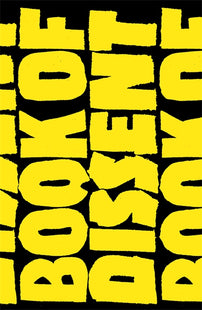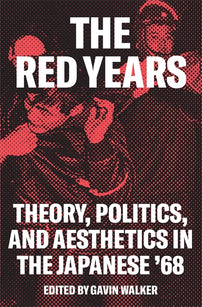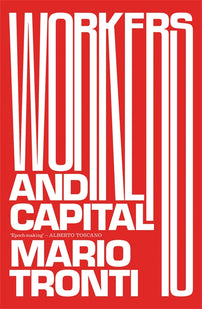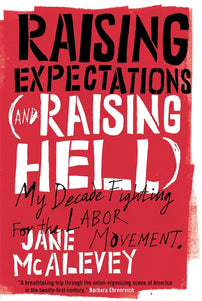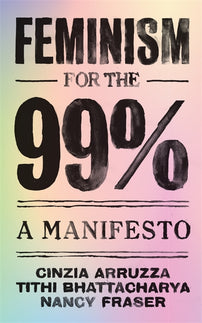Walking from Busan to the Blue House for Workers' Rights
Korean trade union leader Kim Jin-suk battles COVID-19, winter, and breast cancer to send a message to profit-making corporations—and keep the promsie of Korea's pro-democracy movement alive.
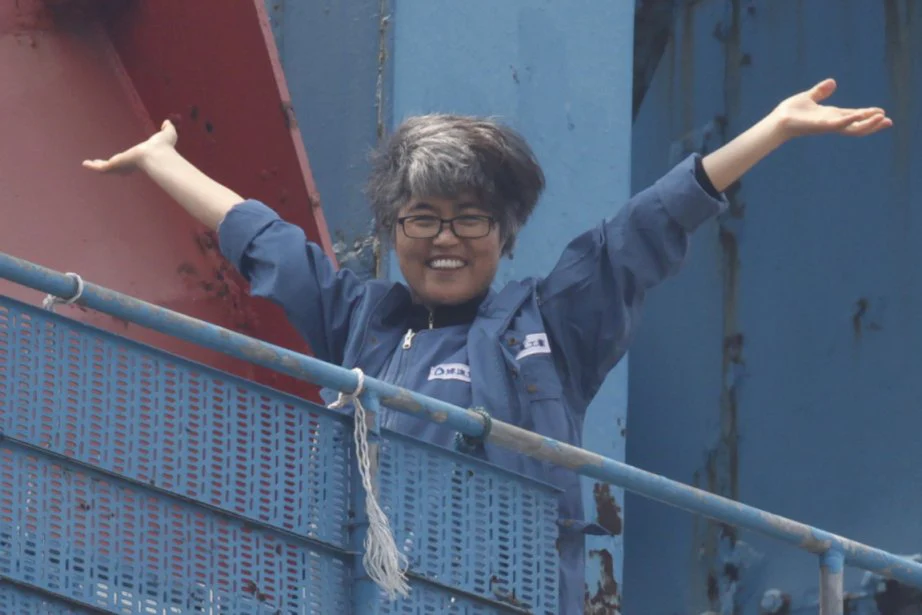
Amidst heightened social restrictions due to the COVID-19 pandemic and bracing the punishing winter temperature of minus 15 degrees Celsius, few if any would consider embarking on a long walk of protest over 400 kilometers from Busan, South Korea’s second largest city, to the Blue House in the capital city of Seoul, the executive office and official residence of President Moon Jae-in.
But on 30th December 2020, Kim Jin-suk, a former welder at Busan’s Hanjin Shipyard who is in the midst of battling breast cancer, is doing just that in order to force reparations for her unjust firing decades ago. Whilst most of us are snuggling up indoor and celebrating the passing of the old year to the new, Jin-suk, true to her character as a veteran trade union leader and worker-organizer since the 1980s, is protesting to demand her former employer, Hanjin Heavy Industries and Construction, for unjustly firing her thirty-five years ago because she dared to organize her colleagues to fight for better working conditions during the dictatorship years. At sixty years old, she is calling her former employer and the government, to reinstate her before she reaches the mandatory retirement age on 31 December 2020.
K-Pop, kimchi, and Samsung mobile phones are world-renowned, but South Korea’s labor movement is less so, even though it is one of the most militant in the modern world, and has fought both big corporations and military dictatorships for decades to demand workers’ rights. In the 1980s, the imprisonment, torture, and disappearance of workers and unionists was widespread, and it was nation-wide workers’ demonstrations that formed one of the key forces of the pro-democracy movement that brought a liberal regime to Korea in 1987.
Most mainstream media and research tend to focus on South Korea’s miraculous economic story of ‘rise from rags to riches’, without acknowledging the untold sacrifices of Korean labor that have made this transition possible. It is an authoritarian, state-led journey that began from the ashes of the Korean War (1950–1953). Under dictatorial rule, the country became a manufacturing-centered economy in the 1970s that relied on cheap labor to produce textiles, garments, and sneakers for export, before transforming into an industrialized economy of the 1980s, shaped mainly by shipbuilding, automobiles, and electronics. For the working men and women who had and continue to fight against exploitation, it has been a long and arduous journey to organize for better and safer working conditions, despite the constant threats of violence, persecution, loss of jobs and their lives.
Korean workers—including schoolteachers—were denied their right to unionize until the mid-1990s, long after 1987, when the country ushered in its first democratically elected President. And as the newest member of the Organisation for Economic Co-operation and Development, Korea began the neoliberalization of its economy in the early 1990s, with working class and migrant workers bearing the brunt of the economic fallout. As South Korea races towards the “Fourth Industrial Revolution” in the twenty-first century and consolidates its leading position in the global economy, Korean labor, particularly the working class, lives in a paradox.
Korean workers may have won the formal right to organize, to go on strikes, to enter collective bargaining with employers, and to be represented by trade union leaders they democratically elect. However, the continued neoliberalization of the Korean economy simultaneously strips away these hard-won rights through the ever-increasing casualization and flexibilization of labor. More and more workers today are relegated to temporary, contract-based and sub-contract jobs that offer no job security nor enough protection for themselves and their families. And the COVID-19 pandemic has only aggravated this situation due to layoffs and rising unemployment, not only among local workers but also among migrant workers from across Asia and Africa who mostly work in 3D jobs—dirty, dangerous, and demeaning—without unions.
Much of the country’s stellar economic gain remain unreachable to Korea’s working class. For instance, International Labor Day on the first of May is still not a statutory public holiday in South Korea, unless it is part of the collective agreement reached between unions and employers and within the company's rules of employment, as provided by the Labor Day’s Act. Behind the glitter of the “Korean Wave,” Samsung, and 5D technology, there is an uncanny parallel between the desperate cry of Jeon Tae-il, a young worker who set himself on fire in 1970 in protest of factory workers’ exploitation, sparking a new wave in the Korean militant trade union movement, and Kim Jin-suk’s 400-kilometer protest walk on New Year’s Eve of 2020.
[book-strip index="1" style="display"]Kim Jin-suk’s story as a woman worker and leader epitomizes the tumultuous history of Korea’s independent labor movement. She was a proud “model worker” in her factory during the 1980s when South Korea was still under the military dictatorship of Chun Doo-Hwan, notorious for his role in the Gwangju massacre of pro-democracy activists in May 1980. Jin-suk was applauded for her diligence and loyalty to her employer until she became politically engaged in the labor movement, organizing and leading industrial actions. In the 1990s, she became a founder of Korean Confederation of Trade Unions (KCTU) in Busan, Korea’s second largest city.
Jin-suk suffered numerous detentions for her union activities but remained undeterred from fighting for Korean workers’ rights. By the time she became the Director of the Busan KCTU Education Department, she was already well-known as a militant union organizer, an excellent public speaker, and an energetic and formidable presence at rallies. She is so good in connecting herself with the crowd that, in the words of one admiring unionist, “…big macho men, like most trade unionists, would cry at her speech!”
In 2003, when union leader of Hanjin Heavy Industry, Kim Joo-ik committed suicide during his hundred-day sit-in protest, Jin-suk’s eulogy at his funeral touched many hearts:
Capitalists protect one another across regions and trades, and from generations to generations, over centuries. As workers, how strong are we in solidarity with one another? We cannot defeat Capital because we close our eyes to the plight of irregular workers, the disabled, peasants, and women. No matter how sick and terrible we feel about the atrocities dealt upon us by the capitalists, we cannot win—not even for a day. They are defeating us not because they are right, but because our solidarity is not strong enough.
Jin-suk fought Chun’s military dictatorship and was a leader in birthing the country’s first democratic trade union confederation, the Korean Confederation of Trade Union (KCTU). Those who know Jin-suk personally attest to her indomitable spirit, charisma, and most of all, her humor. Despite cancer and the wintry cold, who else but Jin-suk would put herself at risk by walking to the President’s Office from her hometown in order to protest for workers’ rights?
Despite her reputation as a militant worker-organizer who was in and out of prison throughout the 1980s and 1990s, Jin-Suk is very human. When I interviewed her in 2004, she talked lucidly and calmly about her early formation as a worker-turned-activist, her prison experience, and the torture she endured. Except to the most discerning, Jin-suk seems not to allow her personal pain to be noticed. Her wry sense of humor downplays what must have been unspeakable suffering in her long history of activism and imprisonment. In between her harrowing tales of imprisonment and torture, she would comfort her traumatized listeners with delightful tales of her lone hike in the Himalayas without shoes (because they were stolen in India)!
Kim Jin-suk made international headlines in 2011 when she occupied a 115-foot shipyard crane for 309 days demanding her former employer, Hanjin Heavy Industries and Construction Co. Ltd., re-hire workers it had laid off for striking. Her resolve inspired a tidal wave of peaceful sit-ins and solidarity actions across the country. Jin-Suk only left the crane after the company agreed to rehire nearly a hundred unionists. Despite her sacrifice, though, she herself never got her job back.
In a deeply patriarchal society like Korea, Kim Jin-suk not only stands tall and proud as a worker in a world that applauds only material success, she also stands out as a woman in the male-dominated shipping industry, and as a welder, a job that is mostly associated with men; and as a formidable trade union leader.
Most studies of Korean social movements give the impression that Korean women were only passive watchers of the country’s tumultuous history, rather than autonomous agents of social and political transformation in their own right (though this is less true than it was thirty-five years ago). In fact, the roots of Korea’s democracy and women’s movements can be traced to the emergence of the women’s labor movement in the 1970s, when the Korean economy was by and large, supported by the cheap labor of young rural women, kept in extremely exploitative working conditions. Kim Jin-suk has continued that proud tradition of Korean women workers in both her words and deeds.
As COVID-19 continues its grip over the world, the hardest hit by the pandemic are the working class, the poor, the marginalized, the undocumented and the migrants. They are least able to protect themselves against the virus because of their work and living conditions. And if infected, they face greater difficulties in getting treatment or recover quickly. Hence, Jin-suk’s call to reinstate her worker status is both personal and political. Her clarion call: “No Reinstatement, No Retirement”, is neither a stunt nor a dream; it is the personification of the working class’ struggle all over the world, especially poignant as many continue to lose their jobs and homes due to the pandemic.
To date, there has been no word from either the President or Hanjin. Jin-suk’s midwinter walk of protest is a stark reminder that the workers’ fight for justice will and has to continue, through dictatorships, neoliberalism, pandemics, and even the bitter Korean winter.

